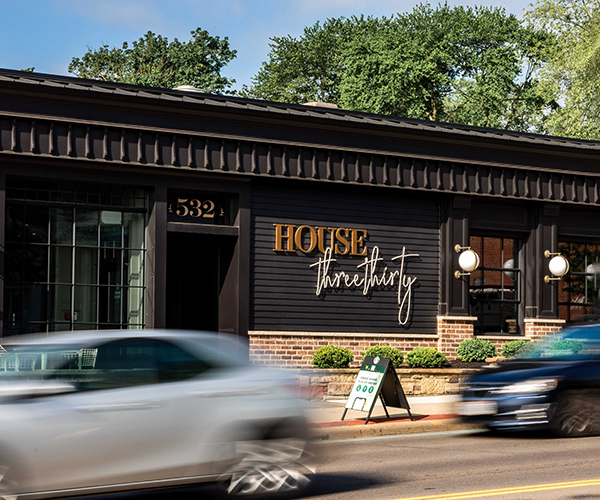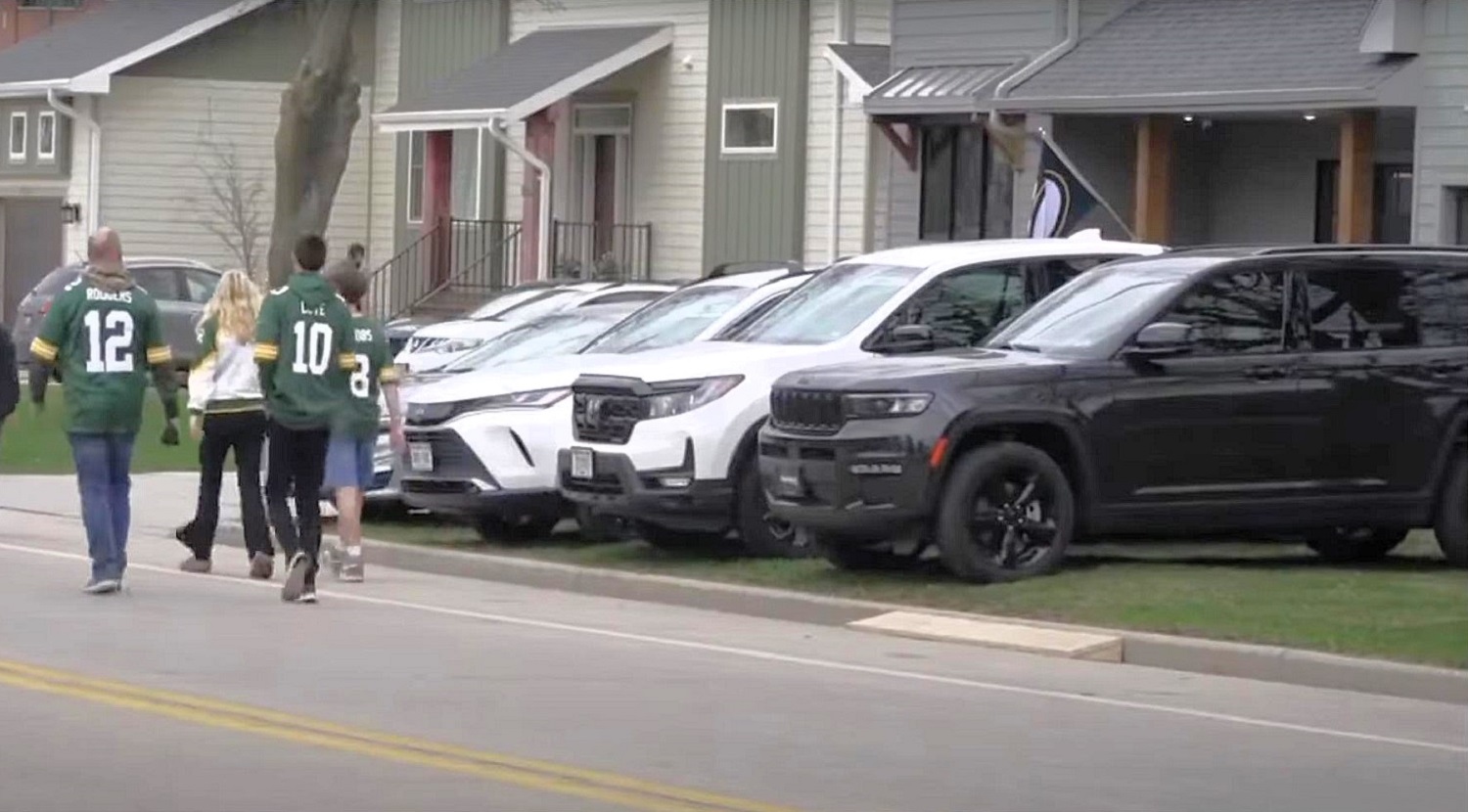Hold that thought. In 1987, the Browns traded their first- and second-round picks plus linebacker Chip Banks, a four-time Pro Bowler, to San Diego in order to move up in the draft. With the fifth pick overall, they selected Duke linebacker Mike Junkin.
A Browns scout addressed the media after the pick and described Junkin as a “mad dog in a meat market.” The label stuck, but Junkin didn’t. He missed most of training camp in a long holdout. When he finally suited up, the Browns discovered that the dog wouldn’t hunt. Junkin became a punch line for futility and was gone in two years.
Junkin was the Browns’ worst draft pick in the past 35 years. But he wasn’t a runaway, besting a large field of first-round failures that included Steve Holden, Willis Adams, Charles White, Clifford Charlton, “Touchdown” Tommy Vardell, Craig Powell, Courtney Brown, Gerard Warren and William Green. When you see them lined up together, you can understand how the Browns got where they are.
But there have been some spectacular picks: Clay Matthews and Ozzie Newsome were the first two picks in the same draft. Kevin Mack was taken in the supplemental draft after the USFL folded. Some were low-round draft choices, such as Brian Sipe, Doug Dieken, Dick Ambrose and Cody Risien. Others weren’t drafted at all, such as Frank Minnifield and Robert Jackson.
But enough about the draft. Some footnotes about the all-star team I assembled from the Cleveland Magazine years ...
I bent the rules to include Paul Warfield, who played only two years with the Browns in the ’70s but had six spectacular years with Cleveland in the ’60s before he was foolishly traded. Some will argue legitimately for Reggie Rucker and Dave Logan over Warfield and Webster Slaughter.
Naturally, there will be debates about the quarterback. Sipe or Kosar is an embarrassment of riches. Both had songs written about them. Sipe is now an architect designing buildings in San Diego. Kosar is the architect of a new indoor football team here in Cleveland. Sipe holds more team passing records and was the NFL’s MVP in 1980.
Running back Greg Pruitt was an obvious choice, but Kevin Mack over Mike Pruitt and Earnest Byner was a struggle. You couldn’t go wrong with any of them. I hated to leave Henry Sheppard off the team, but Robert Jackson was here for 11 seasons and started at guard for eight of them.
Over on defense, you don’t see Lyle Alzado’s name at defensive end because he was here for only three years. He made an impact but Rob Burnett and Carl “Big Daddy” Hairston made more tackles. So did Reggie Camp, for that matter.
Not everyone will agree with this all-star team and for them I have a recommendation — tell it to the judge. You’ll find Dick Ambrose in the Cuyahoga County Court of Common Pleas. He’s the one in the black robe. He once answered to No. 52. Address him now as “Your Honor” or you’ll get 15 yards for contempt.
Trending
-
1
-
2
-
3
-
4
-
5










